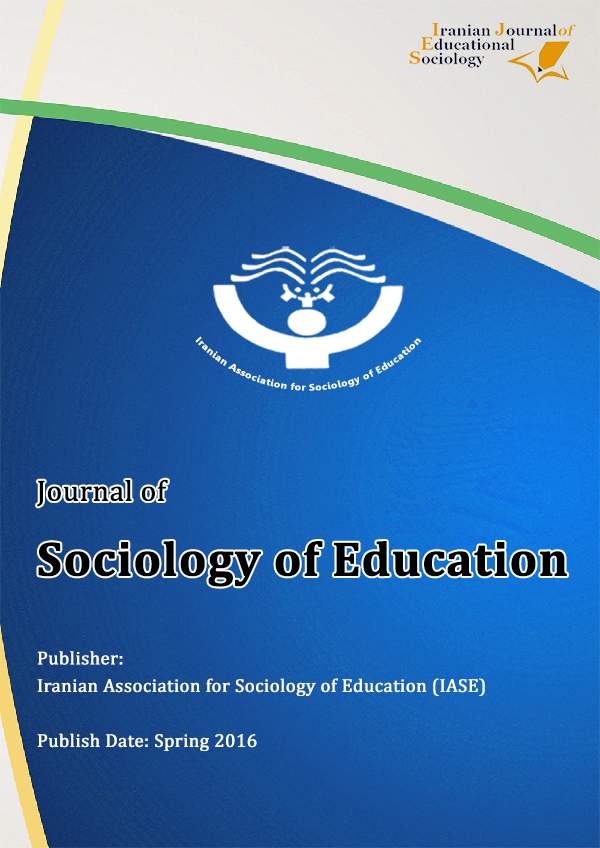Identification and Validation of E-Learning Barriers in Iran’s General Education System
Keywords:
e-learning, e-learning challenges, public education systemAbstract
Purpose: The aim of this study was to identify and validate the barriers to e-learning in Iran’s general education system.
Methodology: This exploratory mixed-methods study consisted of three phases. In the qualitative phase, data were collected through semi-structured interviews with 19 educational experts and analyzed using thematic analysis in Atlas software. The validation phase involved a three-round Delphi method with 22 experts and an expert-evaluation checklist. In the quantitative phase, a 115-item questionnaire was distributed to 380 primary and secondary school teachers in Mazandaran Province. Data were analyzed using structural equation modeling in Smart PLS. Instrument validity and reliability were assessed using CVR, CVI, test-retest reliability, Cronbach’s alpha, and composite reliability indices.
Findings: Quantitative findings indicated that all proposed model components had factor loadings above 0.40, convergent validity ranging from 0.561 to 0.69, and confirmed discriminant validity. Cronbach’s alpha ranged from 0.730 to 0.829, and composite reliability ranged from 0.845 to 0.891. The final model demonstrated good fit and explanatory power for understanding e-learning barriers in the target population.
Conclusion: This study reveals that e-learning barriers in Iran’s general education system are multidimensional, encompassing six main categories and 24 sub-themes. The validated model offers a reliable framework for identifying and addressing obstacles to e-learning, providing practical insights for future educational policy development.
Downloads
Downloads
Published
Submitted
Accepted
Issue
Section
License
Copyright (c) 2025 فاطمه ابراهیمی بازگیر, ترانه عنایتی, مهسا غلامحسین زاده (نویسنده)

This work is licensed under a Creative Commons Attribution-NonCommercial 4.0 International License.










